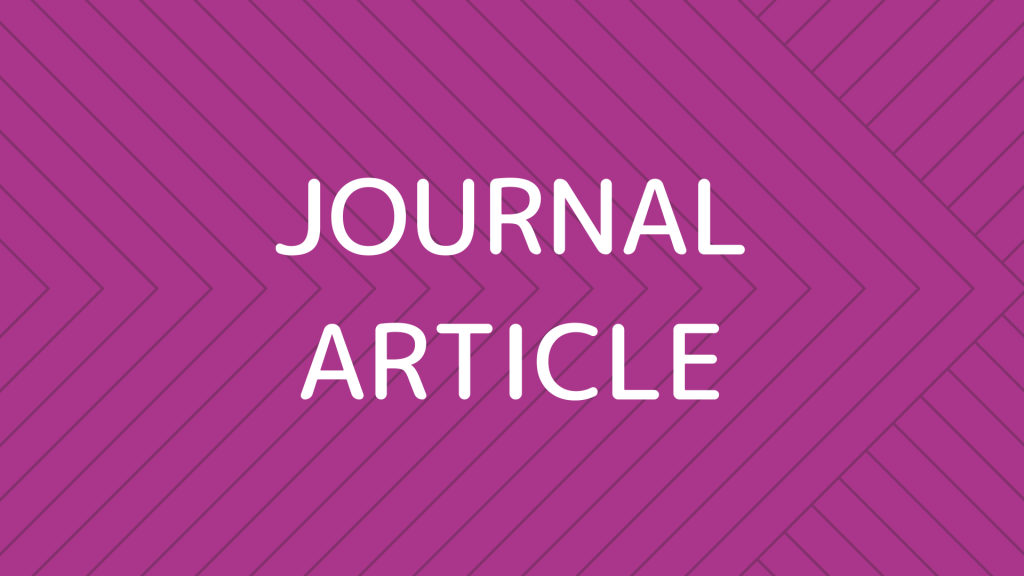Images of the future of a circular economy: The case of Finland

The article focused on anticipating alternative futures of the circular economy in 2050 in Finland. The research is based on expert interviews, on the basis of which four different alternative future images were built.
1. In the image of A circular success story, we live in a sustainable circular economy in balance with the carrying capacity of the planet and people. The most significant environmental problems have been solved with the support of technology, wise and frugal use of natural resources and strengthening nature. General well-being is on a high level.
2. In A circle of disaster, the multidimensional eco-catastrophe intensifies at an accelerating pace. Wars and unrest dominate and influence everyday life everywhere. Consumption continues to grow and individualism and selfishness are the prevailing values. People and municipalities are at war and the restlessness of society is felt everywhere. Citizens’ concern about the future is considerable.
3. In Local circles, life has changed to a small-scale local, environmentally aware and partially self-sufficient everyday life. Consumers and start-ups take the circular economy leadership. However, the climate crisis and the consumption of natural resources remain at an unsustainable level, as regulation, structures and production systems do not support the circular economy.
4. In the structural, regulated circular economy future image, structures and strong government control are emphasized and the circular economy is promoted with massive regulation, taxes, measurement and investments in technology. Advanced technology partly helps to solve environmental problems, but consumers remain skeptical of the circular economy and the future, and are not ready to change their consumption habits.
The research contributes to the production of anticipatory knowledge and understanding of the possible future alternatives and trajectories of the circular economy in Finland. The study also examines the relationship and intertwining between the circular economy and sustainability.
Authors:
Maili Marjamaa, University of Tampere
Marileena Mäkelä, University of Jyväskylä
Published: Futures. Volume 141. 2022.
Potential beneficiaries of the results:
All companies, ministries, research and development organizations and central organizations.
More information:
Maili Marjamaa
maili.marjamaa@tuni.fi
Marileena Mäkelä
marileena.t.makela@jyu.fi
